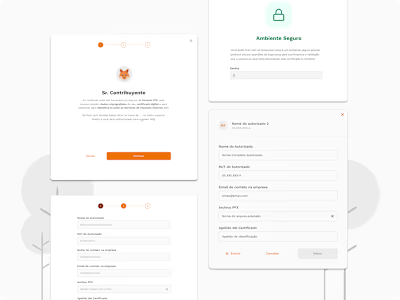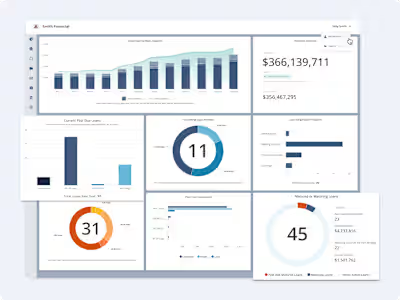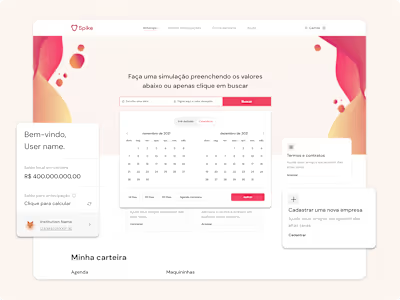Restructuring the Company's Design System
Building and Scaling the Company's Design System to maintain consistency throughout the platform.
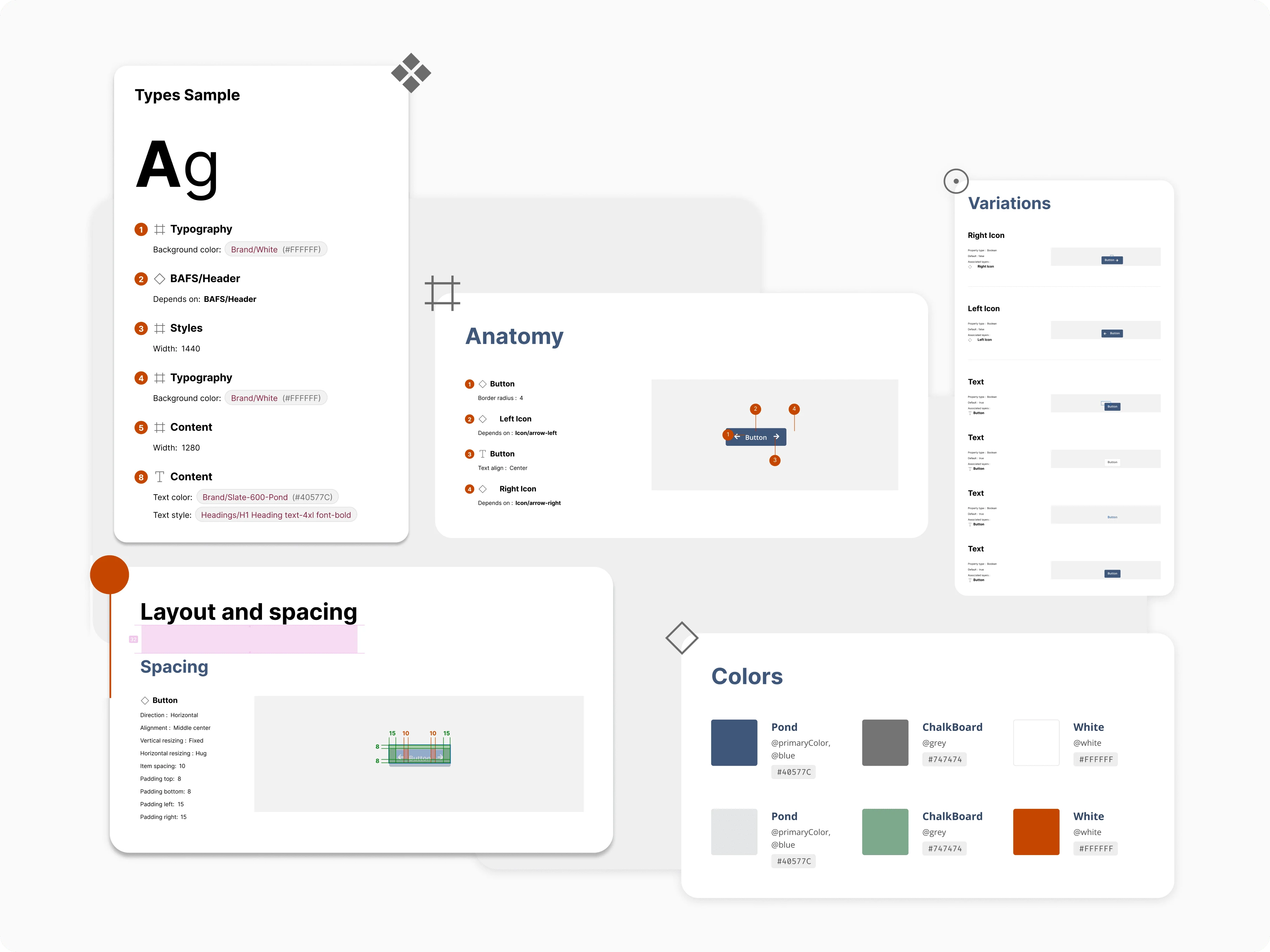
Problem to Solve
Understand the company's culture to actively shape a streamlined process that covers the entire journey from discovery to handoff and systematically structure/define the fundamental building block elements required for the revamp Design System.
First things first
When I first started as a Product Designer at BAFS, my main responsibility was to improve the Company's Design System with a defined and transparent organization method (types of governance and ways to improve documentation). This involved working on various aspects, such as: Refining in-use components, strengthening building blocks with slot components, variables/design tokens, auto layout, colors, typography, and simplifying templates with too many variants.
My goal was to follow the principles of Atomic Design before start creating new layouts. This was all about making sure everything looked and worked the same way (with uniformity across all projects). Because the Design and Development teams didn't have much time and we already had ongoing projects, It was decided at the time to use an existing framework called Fomantic UI to set up the code foundation and to give us a good starting point to revamp the Design System.
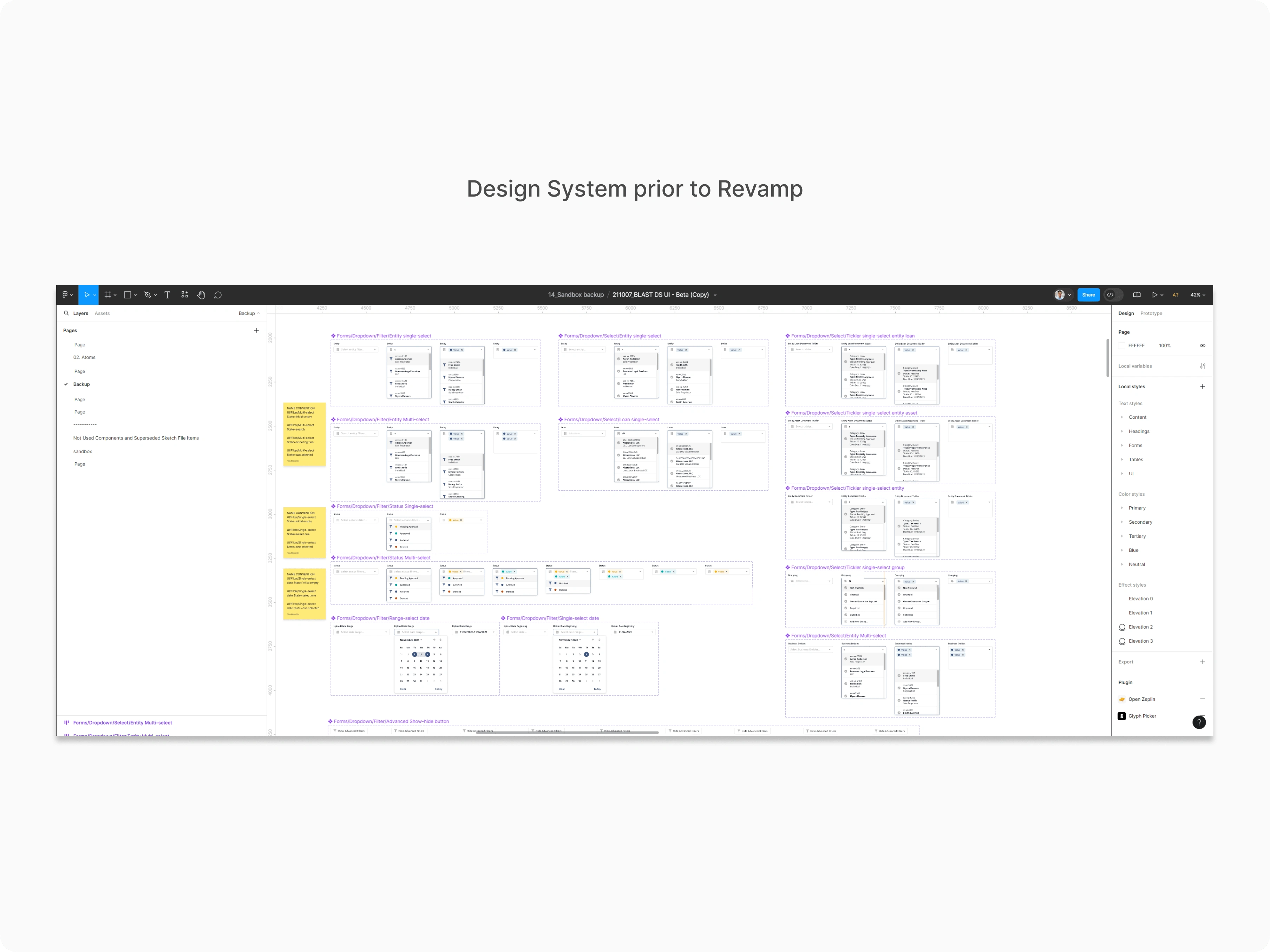
The objectives of this project
Maintainability and Continuous Improvement: While refining in-use components and enhancing building blocks with new ideas for their usage, it was essential to keep things simple yet scalable. This approach enabled me to establish clear guidelines and standards for our layout elements, ensuring coherence and clarity not only for our team but also for collaborators from other teams who may access our design system.
Build out hierarchy template patterns: To help the Product team establish solid architectural information (guide), fixing inconsistent layouts and inefficient flows to build a cohesive brand identity was essential.
Some of the ideas implemented
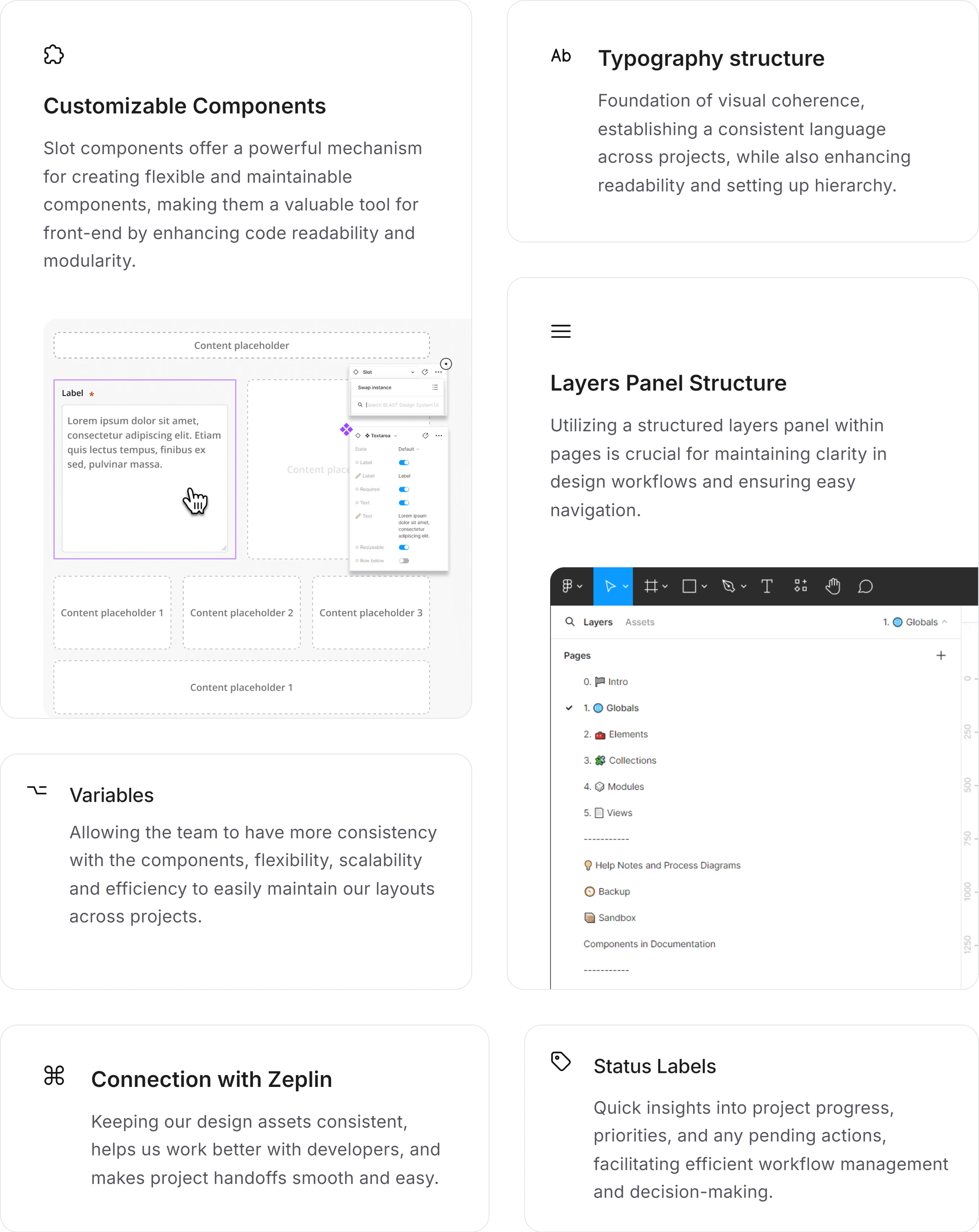
Impact & Insights
Implementing a refined design process had a transformative impact on our workflow and outcomes, significantly improving our previous state. By establishing a transparent organizational method, I was able to streamline collaboration and boost efficiency across teams, leading to faster project delivery times and higher-quality layouts. The validation of these efforts was evident in smoother approvals from stakeholders, improved handoffs between design and project managers, and consistently positive internal user feedback on the enhanced user experience.
Overall, these improvements not only validated the effectiveness of our approach but also laid the groundwork for continued success and innovation in our design processes.

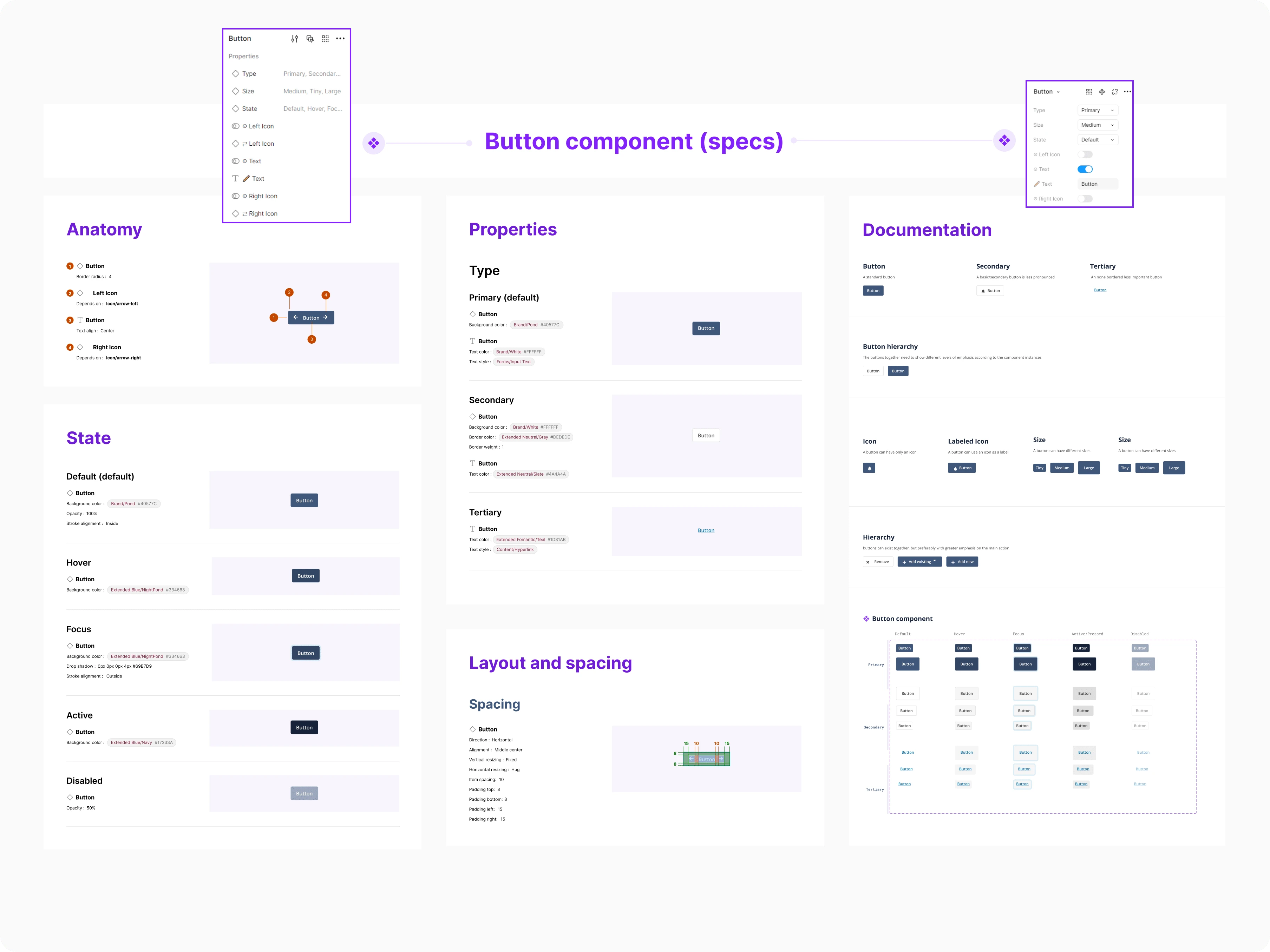
Struggles on the Way & Reflection
During our codebase development journey, the Design team faced several disruptions due to a demanding schedule filled with the introduction of new features, management of multiple projects, and oversight of a small team. This led to inadequate handoff communication, causing deviations from our intended design patterns and resulting in an inconsistent user interface with mismatched patterns, colors, and spacing.
Despite these challenges, the team remained resilient, continuously implementing fixes and solutions to enhance the platform, even when layouts did not adhere to the established patterns.
By advocating for the enhancement of our Design System, I learned the crucial importance of collaboration and consistency. This experience not only strengthened my skills but also highlighted the impact of strategic insight and practical implementation in achieving significant advancements for the company's success. To view some of the components used in selected layouts — for which permission to share has been granted, click on the button below the image.
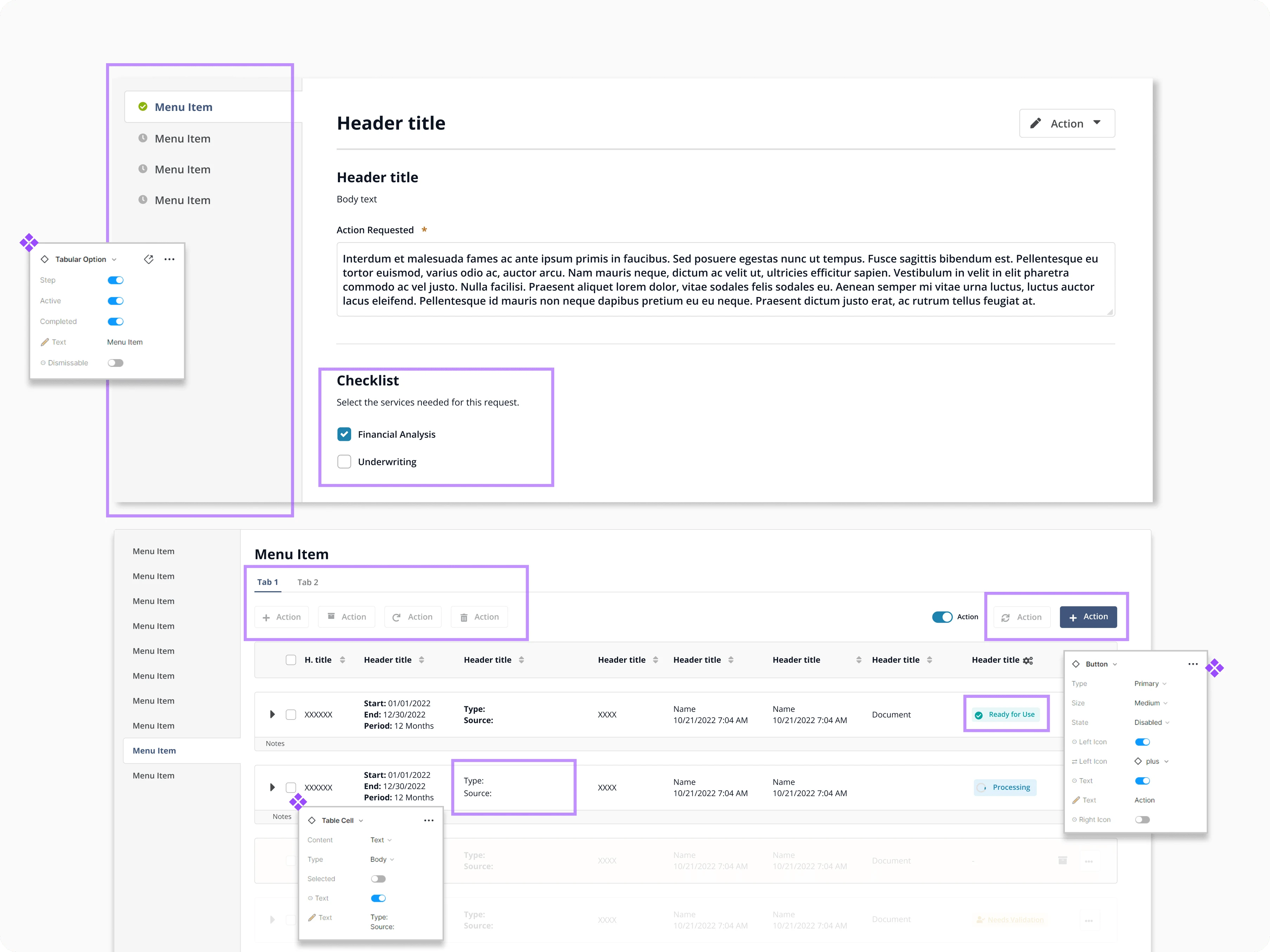
Like this project
Posted Sep 17, 2024
Building and Scaling the Company's Design System to maintain consistency throughout the platform





